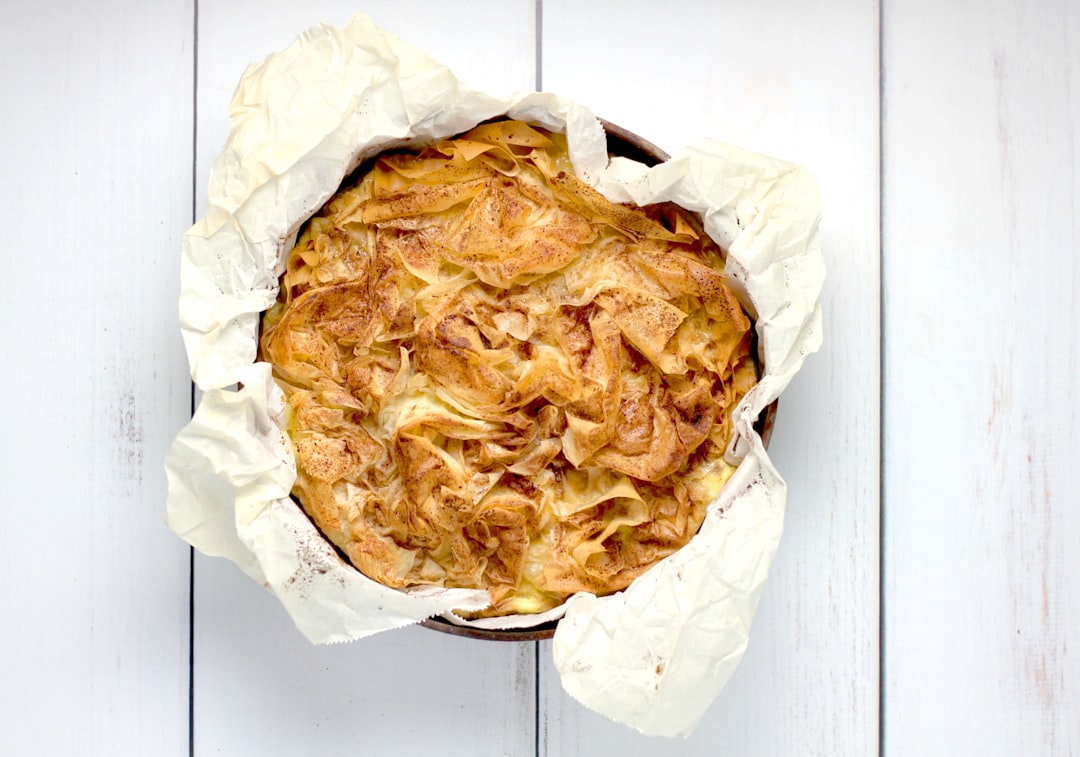The Ultimate Guide to Freezing Cottage Cheese for Optimal Freshness

When it comes to food storage, one question that often arises is whether you can freeze cottage cheese. The answer is yes, you can freeze cottage cheese, but there are some important things to know about the proper way to freeze and defrost it to maintain its quality and safety.
First, let's understand why you might want to freeze cottage cheese. Maybe you bought a large container and don't think you'll be able to finish it before it expires. Freezing is a great way to extend its shelf - life. However, it's essential to note that the texture of cottage cheese may change slightly after freezing and thawing.
Preparing Cottage Cheese for Freezing
Before you put your cottage cheese in the freezer, there are a few steps to follow. Start by choosing the right container. Opt for an air - tight container or a heavy - duty freezer bag. Make sure to leave some space at the top of the container because cottage cheese will expand as it freezes.
If your cottage cheese has a lot of liquid, you can drain some of it off. This helps prevent ice crystals from forming and can improve the texture after thawing. You can use a fine - mesh strainer to gently drain the excess liquid.
Freezing Cottage Cheese
Once your cottage cheese is in the appropriate container, label it with the date of freezing. This will help you keep track of how long it has been in the freezer. Place the container in the coldest part of your freezer. The ideal temperature for freezing cottage cheese is 0°F (-18°C) or below.
It's important to remember that cottage cheese can typically be stored in the freezer for up to 3 months. After this time, the quality may start to decline significantly.
Defrosting Cottage Cheese
When it's time to use your frozen cottage cheese, the best way to defrost it is slowly in the refrigerator. Place the container of frozen cottage cheese in the fridge and let it thaw overnight or for about 8 - 12 hours. This slow thawing process helps maintain the texture as much as possible.
Do not try to defrost cottage cheese at room temperature. Room - temperature defrosting can lead to the growth of harmful bacteria and can also cause the cottage cheese to become mushy.
Using Thawed Cottage Cheese
Once your cottage cheese is thawed, you may notice that the texture is a bit different. It might be a bit softer or have a looser consistency compared to fresh cottage cheese. But this doesn't mean it's not usable.
You can still use thawed cottage cheese in many recipes. It's great for making smoothies, adding to baked goods like muffins or pancakes, or using as a topping for fruit. You can also mix it into savory dishes such as casseroles or pasta sauces. The slightly changed texture may not even be noticeable in these recipes.
Food Storage and Safety Considerations
When it comes to food storage and safety, always follow the basic rules. Check your freezer regularly to make sure it's maintaining the proper temperature. Also, inspect the cottage cheese after thawing. If it has an off - smell, unusual color, or mold, discard it immediately.
Remember that freezing and thawing can affect the quality of food, but with proper techniques, you can still enjoy cottage cheese even after it has been frozen. By following these steps for freezing and defrosting cottage cheese, you can ensure that your food stays safe and delicious for as long as possible.
In conclusion, freezing cottage cheese is a viable option for extending its shelf - life. Just be aware of the potential texture changes and follow the proper procedures for freezing, thawing, and using it. Whether you're looking to save money by buying in bulk or simply want to avoid waste, freezing cottage cheese can be a great solution.